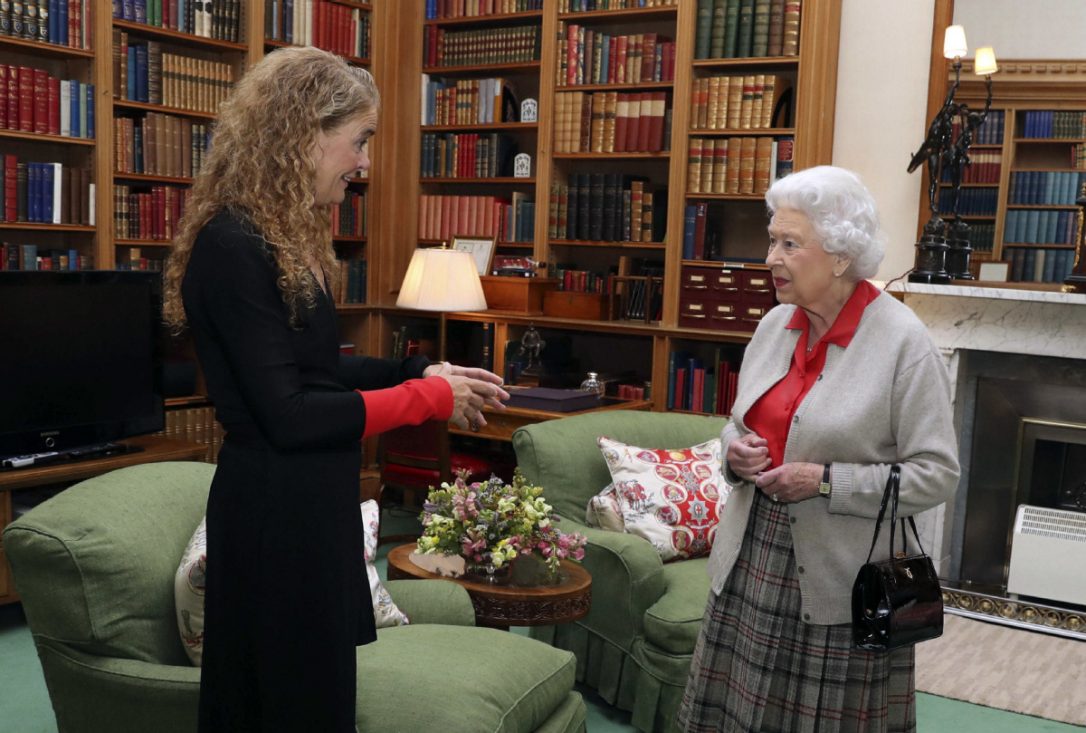I spent the latter part of last week at the Institute for the Study of the Crown in Canada conference at Massey College in Toronto, where I was among the presenters on topics related to how the Crown operates in Canada and other Commonwealth realms Australia and New Zealand most especially. While my own paper and presentation focused on a couple of the more bureaucratic offices related to vice-regals and the Crown in Canada, it was the presentation by the esteemed Senator Serge Joyal that made some particularly trenchant points about the ways in which we have been using and indeed abusing the positions of the governor general and lieutenant governors in the ways in which we have been appointing them in Canada.
There has been a long history of patronage appointments to these positions made by the federal government of the day. For the provincial lieutenant governors, the post was originally designed to be the representative of the Dominion Government in the province, who would report back to the federal government and in the very early years, was involved in refusing to sign bills that the federal government deemed out of bounds, but that quickly fell away as provinces gained more autonomy thanks to decisions from the Judicial Committee of the Privy Council, at that time the highest appeal court in all of Canada (and it happened to be in Westminster). As the Crown became divisible and Canadian after the Statute of Westminster in 1931, the office of the lieutenant governors became much more vice-regal in nature, and more akin to the provincial analogues to the governor general that we think of them today. But that didn't stop successive federal governments from making patronage appointments to those positions.
Similarly, there have been quite partisan appointments to the position of governor general along the way, once we started naming Canadians to the position Ed Schreyer was a former NDP premier, Jeanne Sauvé a Liberal MP and later Speaker of the House of Commons, Ray Hnatyshyn a Conservative MP, Roméo LeBlanc a Liberal Cabinet minister. But as Senator Joyal also pointed out in his presentation, there have been other worrying trends that successive governments have also implemented, somewhat by stealth that most governors general have been getting younger, meaning that this is not a final bow after a long career of service, but rather treated as a stepping stone to a next career and their terms have been getting shorter, to as little as five years in some cases, meaning a high turnover and that a two-term government can appoint more than one governor general over their mandate. Even more worrying has been the attempts by Schreyer to get back into partisan politics on more than one occasion, which is an affront to the dignity of the office, quite frankly.
Add to that, Joyal also made an observation that successive governments have repeatedly chosen television personalities when it came to women appointed to the office Sauvé, Adrienne Clarkson and Michaëlle Jean were all television personalities, and while Julie Payette was an astronaut, she was also a public figure with no background in politics or the Crown (and even more worrying was the fact that she appointed a friend with no governmental or Crown experience as her secretary, a position that requires in-depth knowledge of the vice-regal's constitutional role and powers). That successive governments would choose women who had a career on television and men a career in politics is also a bit of inherent sexism that we should probably ponder collectively.
If there was one good thing that Stephen Harper did during his time in office, it was to rethink the way in which we appoint vice-regals. (This was not the only good thing he did, but it was probably one of the most important). He first attempted the change with an ad hoc committee that came up with a short list from which David Johnston was chosen, and because that process went so well, he created a permanent committee to draw up the short-lists for future lieutenant governors and territorial commissioners (even though they are not actually vice-regals or represent the Queen, but in the Yukon at least they play a similar role Nunavut and the Northwest Territories are complicated by their use of a consensus-based legislature).
This committee not only professionalized the search for vice-regals, but the consultations gave communities a greater sense of buy-in to the process and ownership over their vice-regal once appointed. Harper's own directives, according to my research, were that while a candidate could have a political past, it needed to be far enough back that they could be seen as acceptable to all parties in the province, and they were by-and-large successful at all of it. A number of high-quality appointments were made to these provincial vice-regal positions, and its use as a patronage reward for good service was curbed.
And then the Liberals came into power and killed the committee.
Not only that, but they then replicated its essential features as part of their senate appointment process, which makes the decision to kill the vice-regal committee all the more baffling, and to make it look like it was scrapped simply out of partisan spite. And rather than have any kind of process to find a replacement for Johnston, we wound up with Payette, who has been a constant source of problems in the office.
If the Liberals were smart, they would reinstate this committee (and tying it to a restored Canadian Secretary to the Queen to chair the committee as it existed under the Conservatives would be even more ideal), because it would address many of the problems that we have seen over the years candidates who are far enough removed from any political past, hopefully more qualified on the constitutional mechanics, and who are at a stage in their careers for whom this won't simply be a stepping stone that diminishes the dignity of the office. But time to do this is running out, and if nothing else, we should hold them to account for killing the committee once the election starts.
Photo Credit: CBC News






